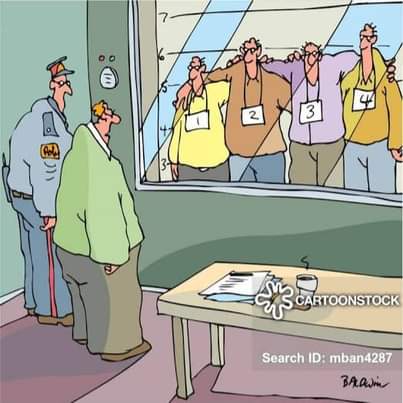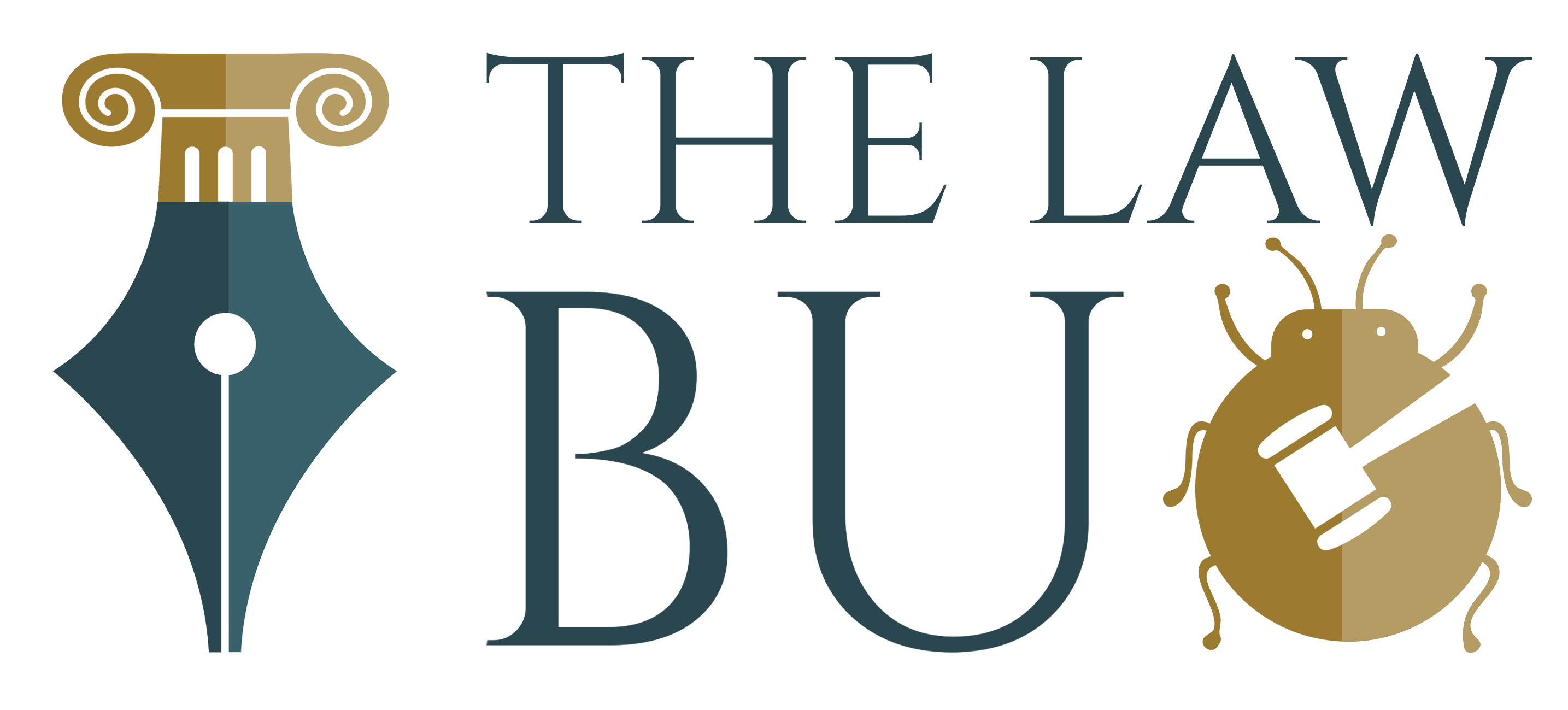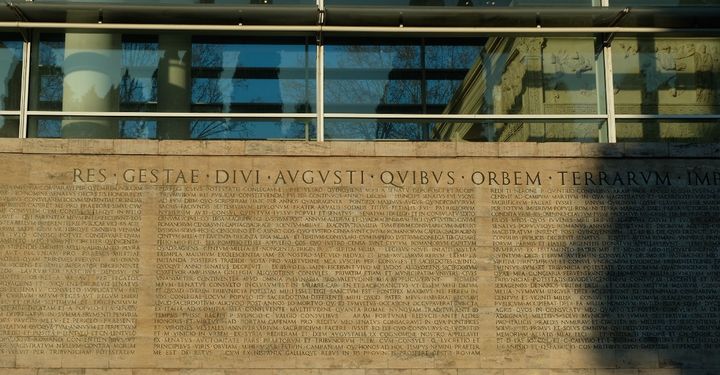What is Test Identification Parade? - Simplified!

TIP
Identification’ is the proof in a legal proceeding that a person, document, or other thing is that which is alleged to be. Identification is the evidence of identity. Phipson states that “it is often important to establish the identity of a person who a witness testifies that he saw on a relevant occasion. Sometimes, the witness will testify that he had seen a person before, and know the person well & therefore recognised the person observed on the relevant occasion”. The identity of a person can be established by the evidence of persons who know him.
Where the “court has to know the identity of anything or any person, any fact which establishes such identity is relevant. Personal characteristics such as age, height, complexion, voice, handwriting, manner, dress, blood group, knowledge of particular people and other details of personal history are relevant facts.”
Identification Under Indian Evidence Act, 1872
Section 9 of the Evidence Act, 1872 is concerned with the admissibility of facts which are necessary to explain a fact in issue or relevant fact. “The section deals with that kind of evidence which if considered separate and distinct from other evidence would be irrelevant; but if it is taken into consideration in connection with some other facts, proved in the case it explains and throws light upon them. As per Section 9, facts which establish the identity of accused are relevant This section does not deal with testimonial identity. Circumstantial evidence of identity are dealt with in this section.”
Identification proceedings are facts which establish the identity of an accused person as the doer of a particular act, and would be relevant under Section 9; but only if evidence of such identification is given by the witness. On the question of the admissibility of the evidence, the Supreme Court in Deep Chand v. State of Rajasthan (1962) held that “if a Magistrate speaks of facts which establish the identity of anything, the said facts would be relevant within the meaning of Section 9 of the Evidence Act; but if the Magistrate seeks to prove statements of a person not recorded in compliance with the mandatory provisions of Section 164 CrPC, such part of the evidence, though it may be relevant within the meaning of Section 9 of the Evidence Act, will have to be excluded.”
Test Identification Parade
One of the methods used for establishing the identity of a person as the doer of a particular act is by means of identification parades. “In a case which involves disputed identification evidence a parade must be held if the suspects ask for one and it is practicable to hold one. A parade may also be held if the officer in charge of the investigation considers that it would be useful, and the suspect consents. The main purpose of an identification parade is to confirm the identity of the accused and help the police in their investigation.”
The utility of the evidence created by an identification parade was explained by the Supreme Court in Ramanthan v. State of Tamil Nadu. The Court opined that “Identification parades have been in common use for a very long time for the object of placing suspect in a line up with other persons for identification. It enables the investigating officer to ascertain whether the witnesses had really seen the perpetrator of the crime and test their capacity to identify him and thereby to fill the gap in the investigation regarding the identity of the culprit.”
Test Identification Parade: Statutory Provisions
Section 9 of Indian Evidence Act “allows the identification of the accused as well as the proofs admissible in the courtroom though there is the absence of compulsory process of sending the suspected for identification parade, in order to facilitate such process. Section 54-A of Code of Criminal Procedure lays down the process to send the suspected for test identification parade.”
Section 54A “allows the person suspected to be sent for test identification parade when the appropriate court has the right to send the person to be a subject of test identification parade by directing the person itself or the police officer to take the procedure required.”
Test identification parade is “not to be considered as substantial evidence as laid down under sec162 of the act and non-performance in doing so wouldn’t affect the admissibility of evidence in court.”
Article 20(3) of the Indian Constitution which is about self-incrimination, i.e. no person should be compelled to be a witness against himself is not violatedwith test identification parade as it doesn’t seem that appearing for test identification parade is giving testimony.
Evidentary Value of Test Identification Parade
The test identification parade conducted at the investigation cannot be regarded as important substantial evidence and also conviction cannot be formed on the sole reason of test identification parade. It’s the witness identification in the court which is required in order to convict an offender. Further, the same person identifying in the parade if identified in court as well, doesn’t really change the evidentiary value of the parade.
Raju Manjhi v. State of Bihar (2019):In this recent judgment, the Court observed that “test identification parade is not substantive evidence. Its purpose is only to help the investigating agency ascertain as to whether the investigation in the case is heading in the right direction or not. There is no provision in CrPC which obliges the investigating agency to hold or confer a right on the accused to claim a test identification parade. Absence to hold it would not make inadmissible the evidence of identification in court.”
Admissibility of Test Identification Parade
It has been found that “although there may be rare occasions when it will be desirable to hold a voir dire (an investigation into the truth or admissibility of evidence), in general the Judge should decide on the basis of the depositions, statements, and submissions of counsel. Finally, failure on the part of the police to observe the provisions may be taken into account by the court when deciding whether to exclude identification evidence when assessing the weight of such evidence.”
Malkan Singh v. State of Madhya Pradesh: “Where the prosecution case depends solely on the identification of a single witness, it is particularly important to give a general, clear and simple direction on burden and standard. A statement identifying someone as the offender may be admissible as a dying declaration, or as a part of the res gestae, or as a previous inconsistent statement, provided the conditions for admissibility of evidence under those principles are satisfied. It is well settled that the substantive evidence is the evidence of identification in court and the test identification parade provides corroboration to the identification of the witness in court, if required. However, what weight must be attached to the evidence of identification in court, which is not preceded by a test identification parade, is a matter for the courts of fact to examine.”
TIP: A Substantive Evidence?
Identification of the accused made in court, is substantive evidence, whereas identification of the accused in test identification parade is though a primary evidence but not substantive and the same can be used only to corroborate the identification of accused by the witness in court
Dana Yadav v. State of Bihar, (2002):“Evidence of Test Identification Parade is not substantive evidence whereas evidence given in the court, is. However, when a witness correctly identifies the accused at the parade but not in the court, the evidence of the Magistrate, who conducted the test parade that the witness correctly identified the accused at the parade, supported by the remarks of the trial Judge regarding the demeanour of the witness that he was frightened and was unable to recognise the accused at the trial, was sufficient to convict the accused.”




Comments ()